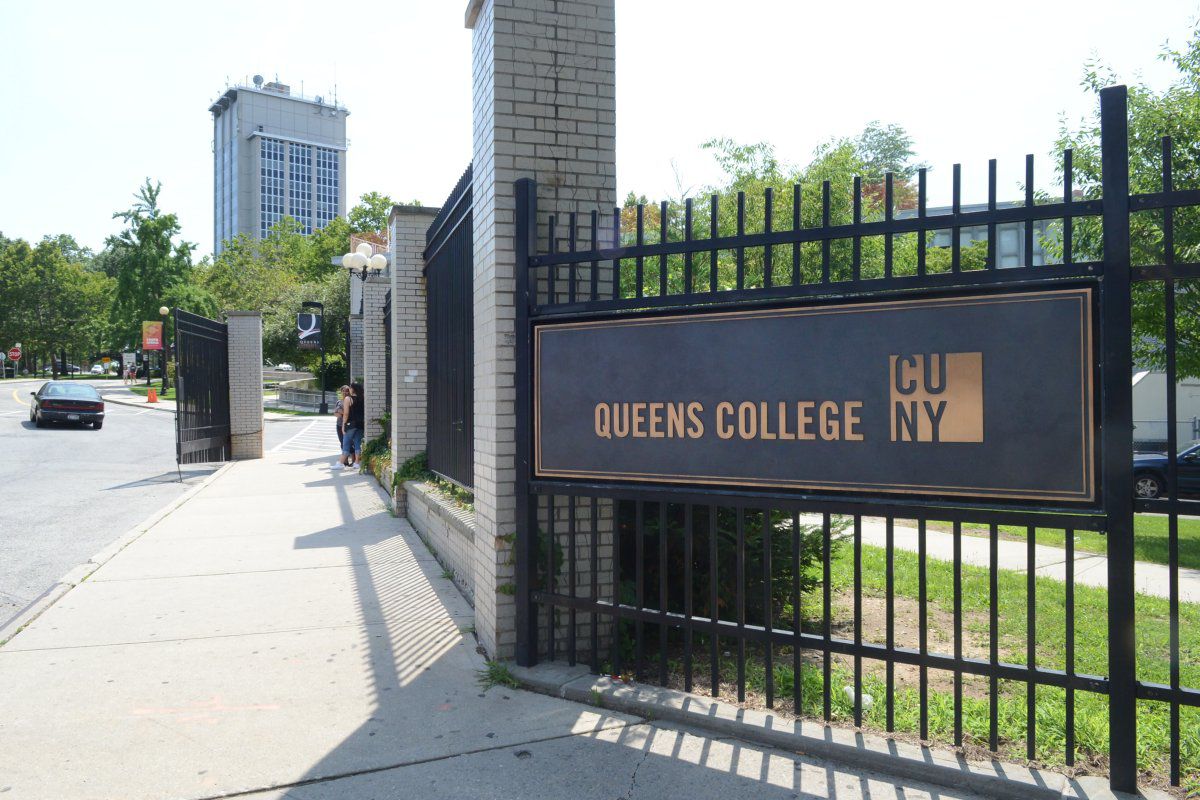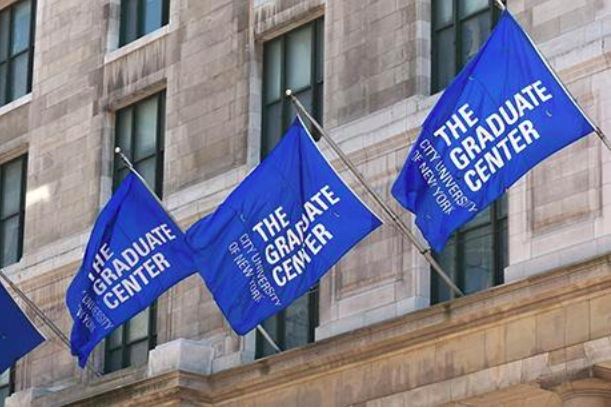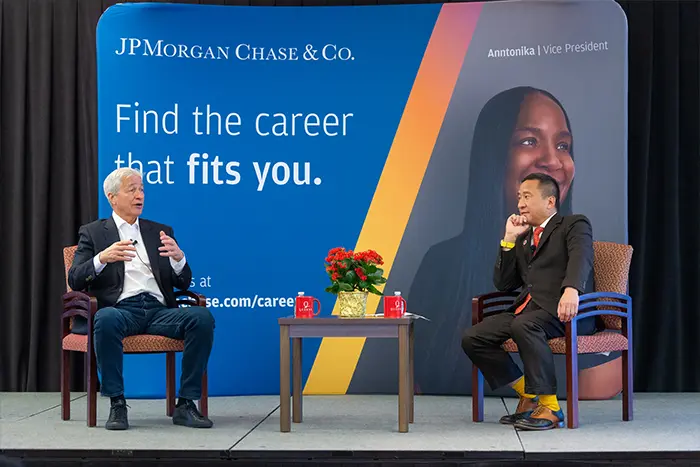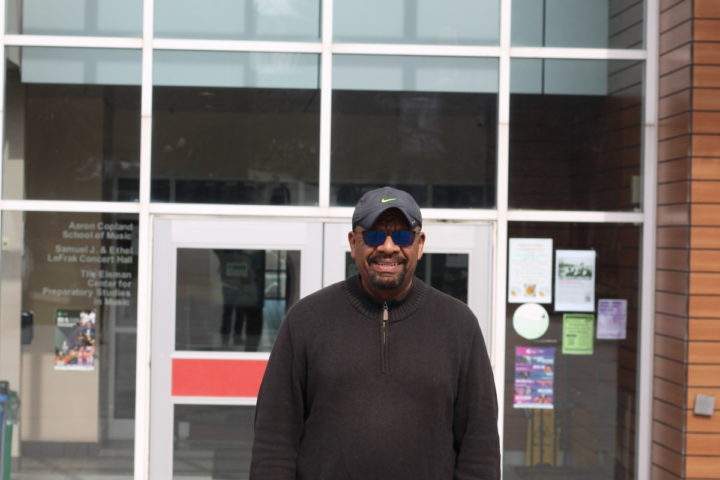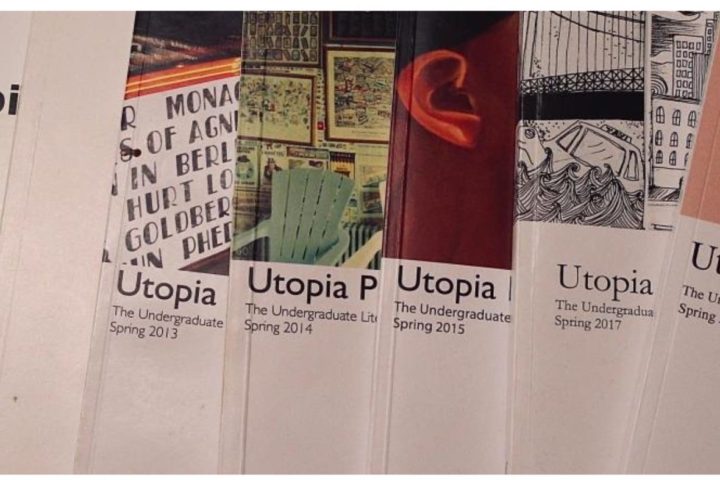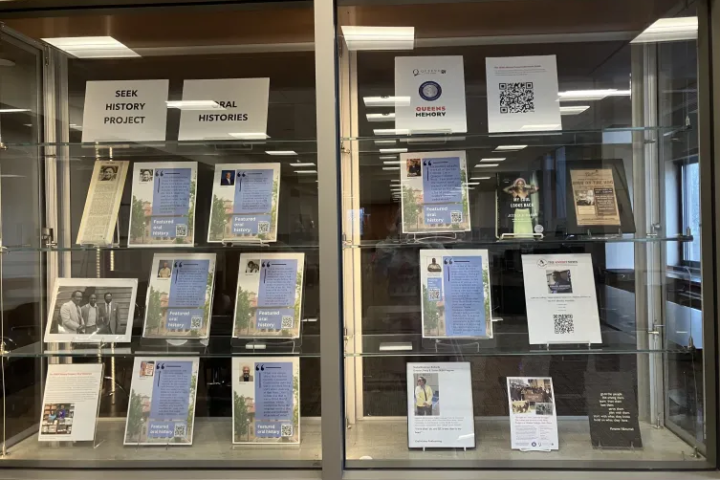Victim Assistance Specialist Tenaz Dubash of the New York District Office of Immigration of Homeland Security came to Queens College on Nov. 19 to speak about human trafficking and efforts to prevent it.
“[In] our office, we work with a lot of international victims of human trafficking, and my counterparts at the FBI work with local victims of human trafficking or domestic victims of human trafficking,” Dubash said.
Dubash’s presentation was followed by representatives of Voces Latinas, whose mission is to reduce the rate of HIV transmission and violence among immigrant Latin women, and Latin Women in Action, a community based social service agency to help Latin women and their families.
Human trafficking differs from smuggling. It is not a border crossing-based, but more exploitation-based.
“If a young woman was in China, and she saw an ad in the newspaper that said ‘Oh, when you come to America, you’ll be working as a nanny’, but , when she comes to America, her passport is taken away. She’s locked up in a basement, working 24/7 and not being paid. That’s clear cut trafficking because it is exploitation-based as opposed to just transportation-based,” Dubash said.
With updates to the Trafficking Victims Protections Act, passed in 2000 traffickers now get long sentences as well as victims receiving more help.
“99 percent of our human trafficking cases come out of Mexico,” Dubash said.
For example, an impoverished town in Mexico may have cases of human trafficking. There may be a young girl, who has little education, may fall in love and the man may trick the woman and take her to the United States, and force her to do prostitution.
Many of the cases involve young girls are physically taken from their homes to the impoverished town, and forced to stay in the house. Lacking in education, both the girl and her parents may be tricked by kidnappers.
The pimps threaten girls with the thought of deportation and their children suffering. There have also been cases of domestic trafficking. Pimps are very ruthless, as some may brand victims, force abortions and even starve victims.
“Traffickers have drivers, drivers are the middlemen, they’re going to drive these women to wherever to see the John waiting downstairs for 15 minutes. As soon as she comes down, she turns the money over to the driver. She keeps nothing, he keeps half and he gives the trafficker half,” Dubash said.
Immigration Custom Enforcement can assist children and parents of victims by bringing them to the U.S. legally.
Moreover, there are things Dubash and her colleagues do for victims. Continued Presence is a one-year legal status. It is provided to victims of human trafficking when there is an open investigation on human trafficking crimes, so victims can stay in the United States, get refugee benefits and the status can be renewed annually.
Two long-term statuses are T Visas, which are given victims of a severe form of trafficking and U Visas, which the state or federal authorities assign for victims who suffered from not only trafficking, but also crimes such as torture, slave trade and rape.
“In our statistics, which I used for five years, we have about 400 victims. So we are averaging about 50-55 victims per year,” Dubash said.







